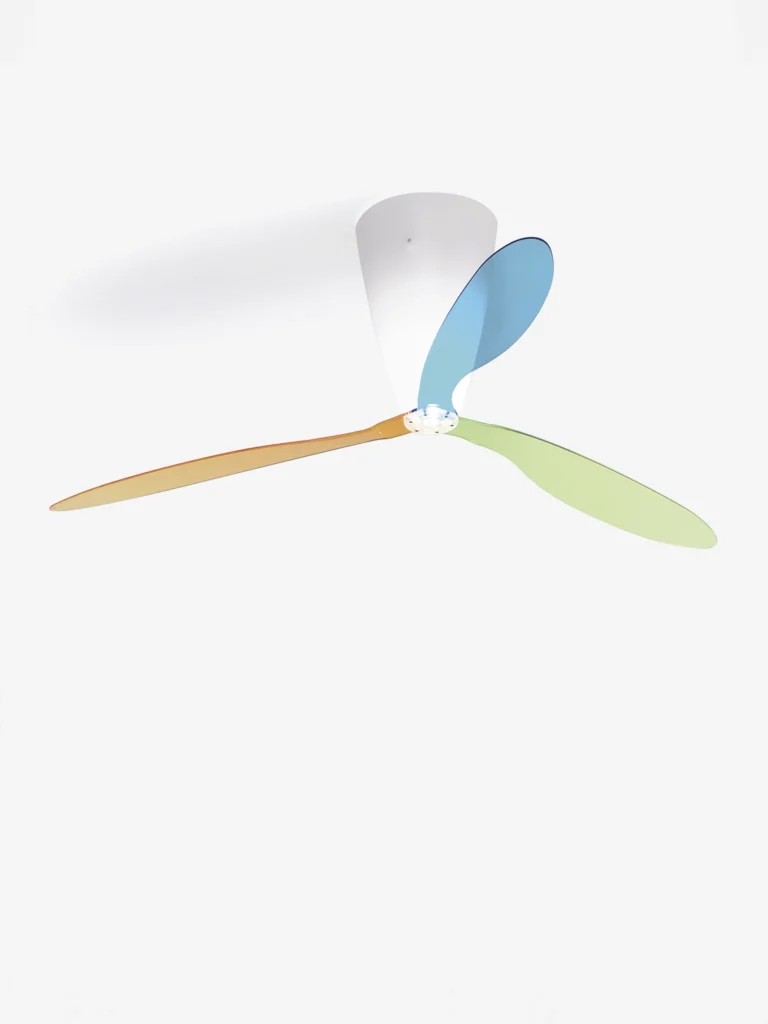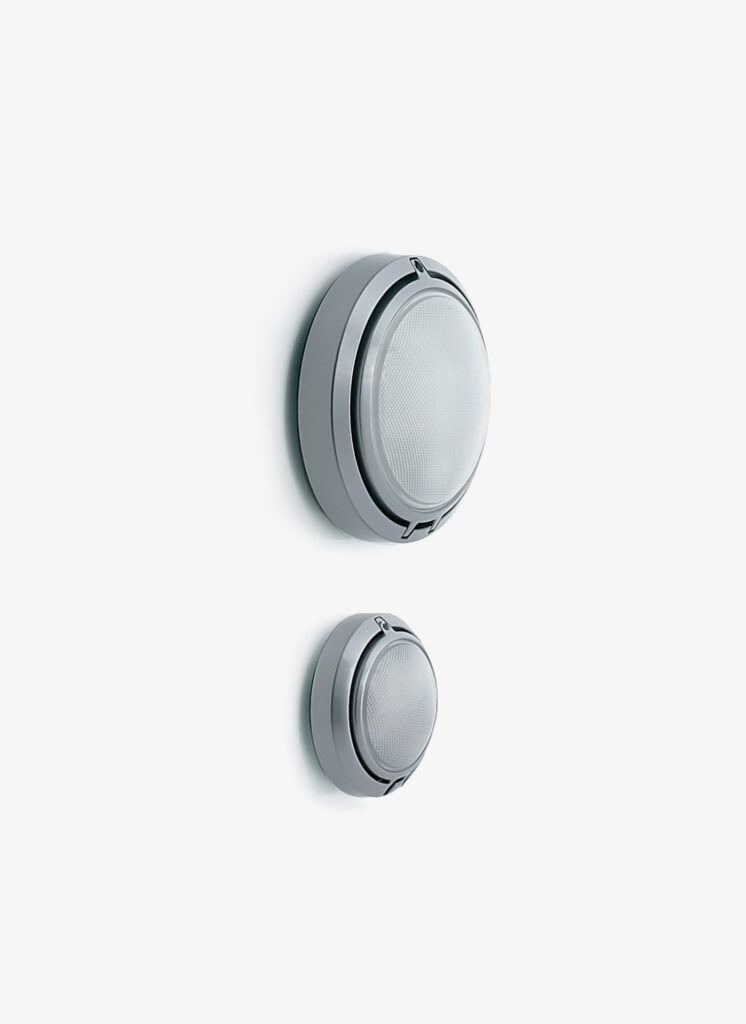Ceiling
Le lampade a soffitto rileggono in ottica contemporanea e con soluzioni illuminotecniche inedite il tradizionale concetto della plafoniera, come estensioni delle famiglie cui corrispondono o come protagoniste principali del progetto di design.
Con diverse soluzioni di luce diffusa, puntuale o indiretta, interagiscono con gli interni di ogni tipologia, sia nel residenziale che negli spazi collettivi
Looking for inspiration?
We offer solutions for every space, whether public or private. Discover our references and get inspired
Discover all projects
Discover our collections
Download our catalogue and discover the collections
Download

























